This is some footage from the series Shark Men from the National Geographic Channel. These scientists are under the gun to get a great white shark back in the water alive while still gathering all the pertinent data. AMAZING!
It’s as easy as A, B, Sea: Z is for Zooxanthellae
Zooxanthellae are the photosynthetic organism that live within coral reefs and supply the food to the reef building corals. They have a symbiotic relationship with the other protists but can also live an independent life. Enjoy this quick video about the process!
It’s as easy as A, B, Sea: Y for Yellowfin Tuna
Yellowfin tuna are the most commercially sought after of all tunas.  They have a football shaped body and can reach up to 450 pounds. Which is very impressive since they can also swim up to 30 miles per hour. Yellowfin tuna prefer to swim in schools in all temperate oceans. They prefer to eat fish any fish smaller than themselves and their biggest predator tend to be sharks.
They have a football shaped body and can reach up to 450 pounds. Which is very impressive since they can also swim up to 30 miles per hour. Yellowfin tuna prefer to swim in schools in all temperate oceans. They prefer to eat fish any fish smaller than themselves and their biggest predator tend to be sharks.
Image (c) ilovebluesea.com
It’s as easy as A, B, Sea: X for Xiphosura
Xiphosura is the order of the Atlantic horseshoe crab and its three closest living related species.
It’s as easy as A, B, Sea: V for Veliger
It’s as easy as A, B, Sea: R for Remora
Remora refers to any member of a group of fish that can attach themselves to other fishes (usually sharks) or ships by way of a suction disk on the top of their head.They typically eat anything that falls from the sharks mouth. Do the lyrics from the Jimmy Buffet song, Fins, make sense now?
“But now she feels like a remora,
’cause the school’s still close at hand.
Just behind the reef are the big white teeth
of the sharks that can swim on the land.”
Enjoy this video from a scuba diver that was mistaken for a shark as two juvenile remoras try to attach themselves to him. I added the video so you can get a really good sense of the suction discs on the top of their heads.
It’s as easy as A, B, Sea: Q for Queen Conch
Queen conch (Strombus gigas) is a marine snail or gastropod. If you’ve ever eaten conch fritters you understand why conch is a staple food source in the Caribbean and Florida.
The shell of a queen conch thickens and grows as it ages. They get to be about 3-5 years of age and grow up to 12 inches long.
Learn more about the queen conch here.
It’s as easy as A, B, Sea: O for Operculum
It’s as easy as A, B, Sea: N for Nematocyst
Nematocysts are the stinging cells found in the tentacles of jellies and anemones. When provoked the stinging cell ejects a barbed thread that contains a toxin to stun (or kill) the enemy. The barbed thread is disregarded and a new one regenerates.
Here is a creative video explaining how jellies sting from jellyfishart.com. Enjoy!
It’s as easy as A, B, Sea: L for Limpet
 Limpets are small, flattened snails with a conical shell that live on rocks in the intertidal zone. They trap water beneath their shell and use it to survive from high tide to low tide.
Limpets are small, flattened snails with a conical shell that live on rocks in the intertidal zone. They trap water beneath their shell and use it to survive from high tide to low tide.
Image (c) wordsmith.org

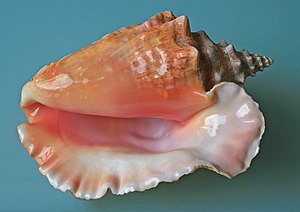


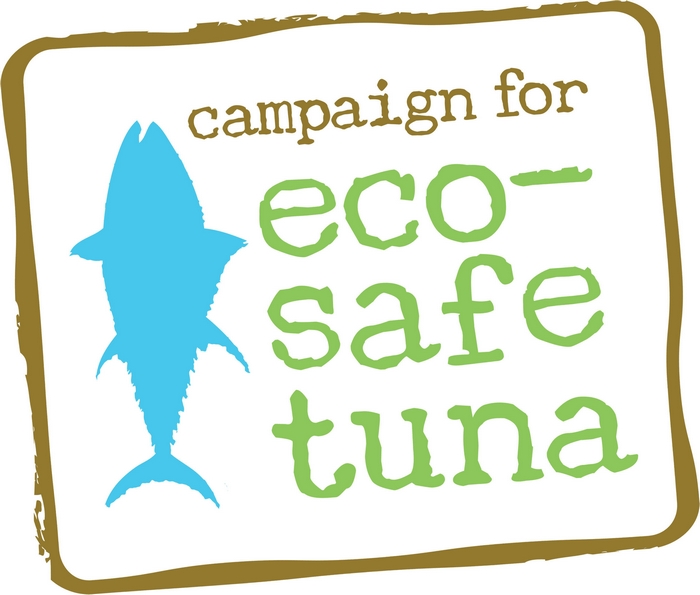


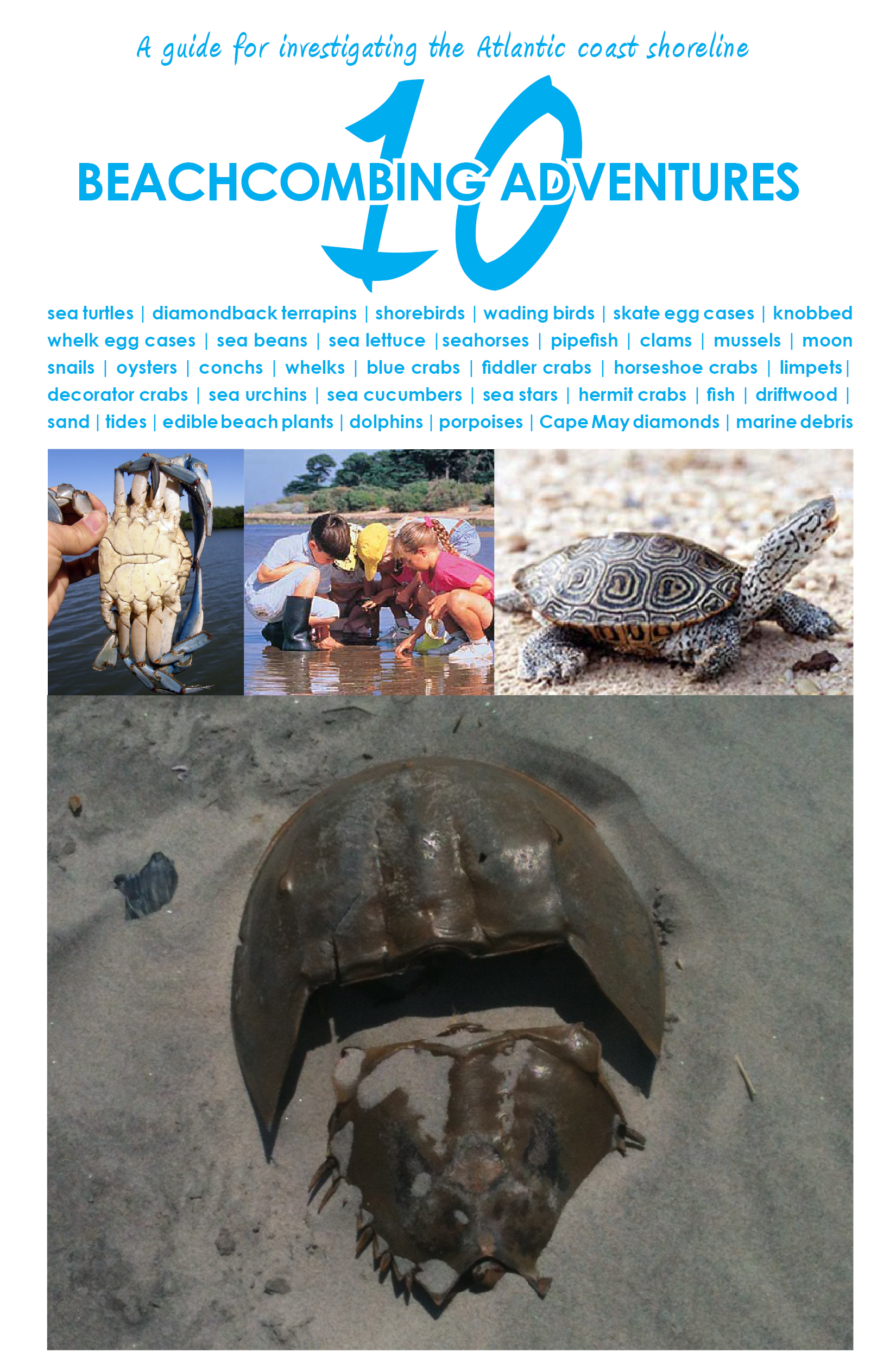
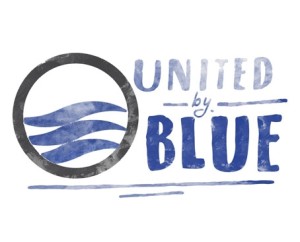
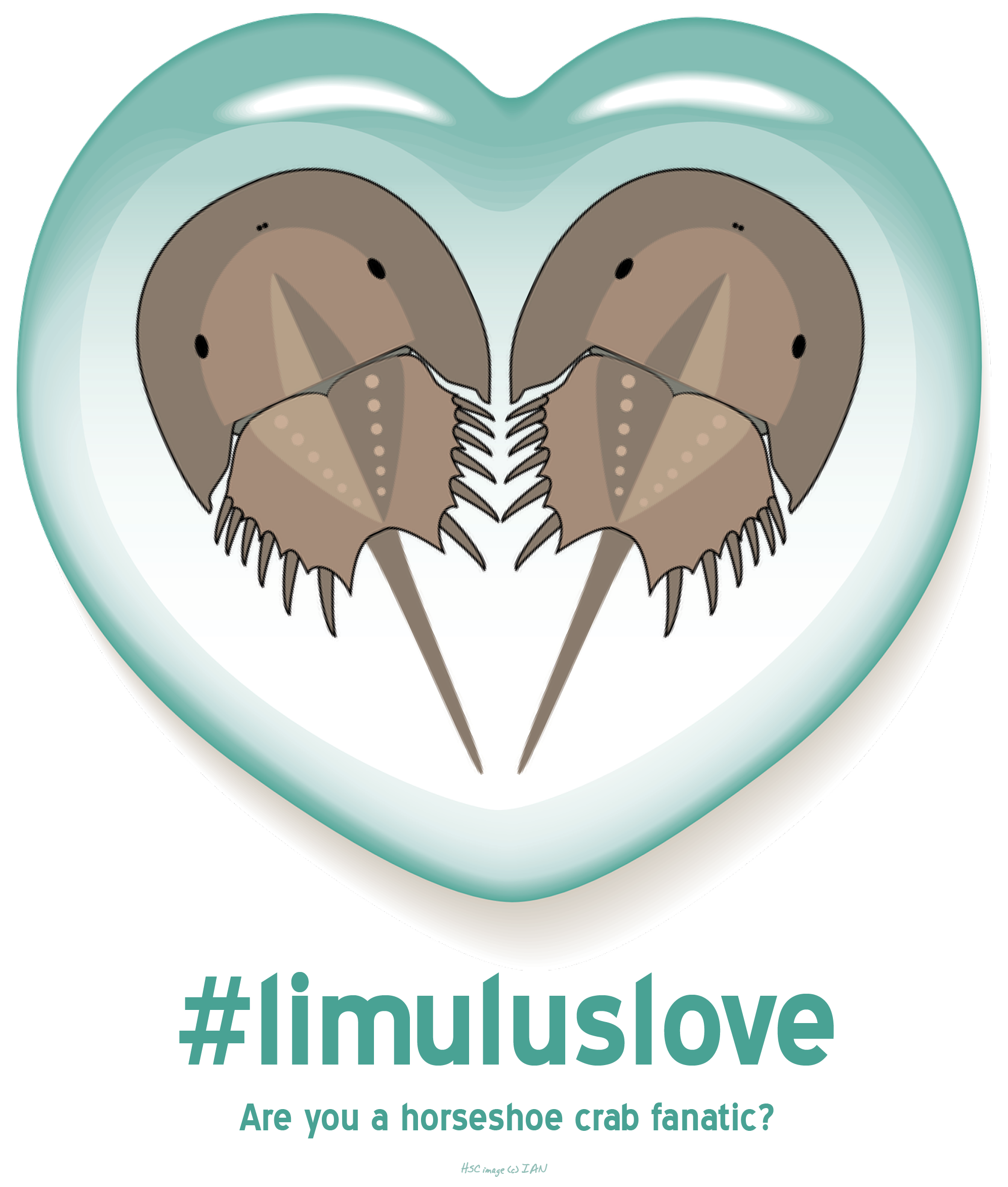
What people are saying …